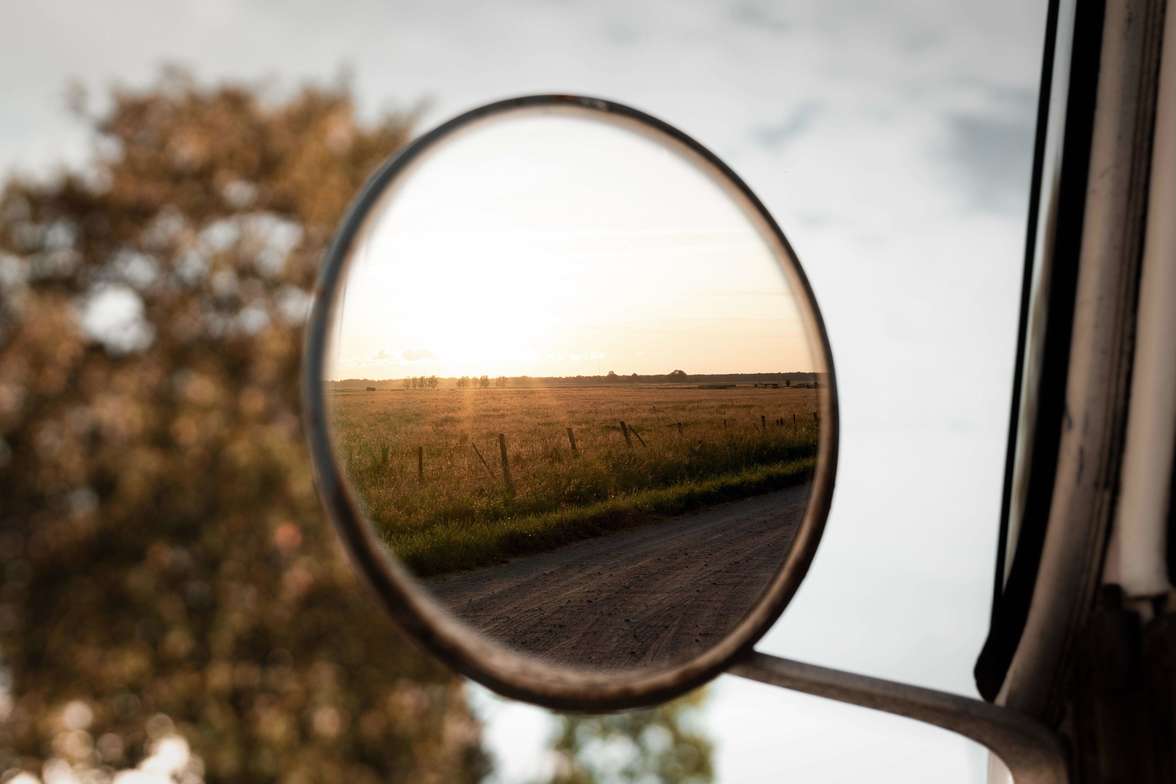
It’s no news that the past—through our stories and our experiences—has significant impact on who we are today. We are an accumulation of what the early role models in our lives have reflected to us about who we are, what we should do and what we shouldn’t do. This is not to say that’s the whole story. As a therapist, I also believe we are much more than the sum of our pasts.
There are times when it’s difficult to talk about the past because it’s illusive, triggering, and can feel traumatizing to recall. The past sometimes says, “Don’t look here. There is nothing to see.” and our anxiety adds, “Be positive. Be constructive. Look towards the future. Nothing good will come of picking old wounds.”
This resistance to going back (or being selective about what we recall) exists on a collective level too. In the past few months, hundreds of unmarked graves have been discovered across Canada—remnants of a century when the government and religious settler institutions of Canada funded and supported the mass assimilation and annihilation of Indigenous culture. During my formative years, in the 2000’s, this wasn’t part of the Canadian history taught by public schools. Again—Don’t look here. There is nothing see.
There is this idea in therapy that we can’t move forward without acknowledging the impact of the past. This is not to paint someone as a villain or to find the scapegoat in our stories—this is to examine our own blind spots in order to attend to them and release ourselves from the patterns that keep repeating themselves.
What’s more: there is a link between our awareness of the past and our vision of the future. In 1985, Endel Tulving, an Estonian-Canadian psychologist, revealed that our process of thinking about the past is intimately intertwined with our process of imagining the future.
We have a specialized memory for events in time. It’s like a movie that plays inside your head of what has happened in your life. This is called episodic memory. Case studies showed that people who lose their episodic memory also have difficulty imagining future scenarios. Neurological imaging revealed that the same regions of the brain—the same neural networks—are activated by our thinking about the past as by our thinking about the future.
This means that our reconstructions of ‘what happened’ have profound impact on the way we construct scenarios of ‘what will happen next.’ One of theories says that what we do is repurpose bits and pieces of our memories and use them to create new scripts and plots for ourselves—like weaving a tapestry using the strands of our stories. We do this unconsciously.
What does this mean? To me, this means that the work of studying our stories and experiences has profound impact not only on the present, but on where we move forward. Perhaps, the act of going back isn’t really going back at all. There is only forward. Examining the past clears up not only our vision in rear-view mirrors, but at the same time, cleans up the windshield too so that we can see the road ahead.
About The Author
Lena (she/her) is a therapist with Helps Counselling. She is a first-generation immigrant from Eastern Europe, now living and working on the ancestral lands of the Squamish, Musqueam, and Tsleil-Waututh. She loves her work, and she loves to connect.



